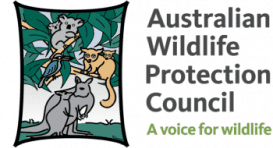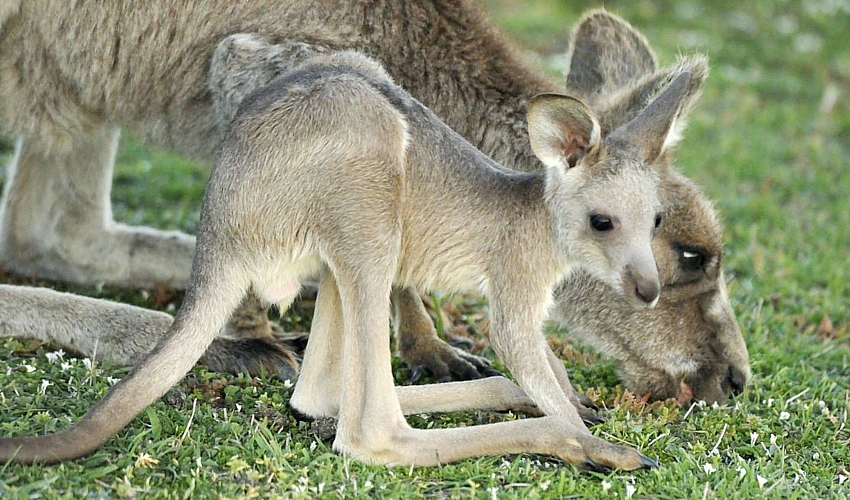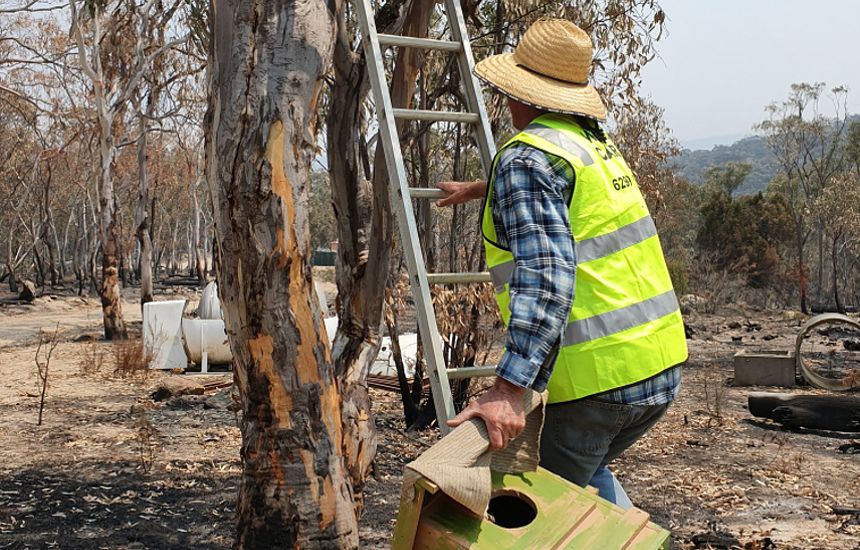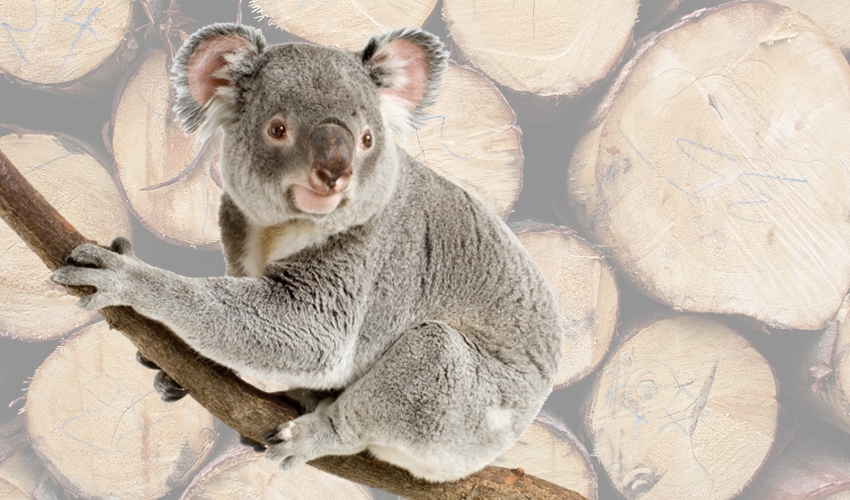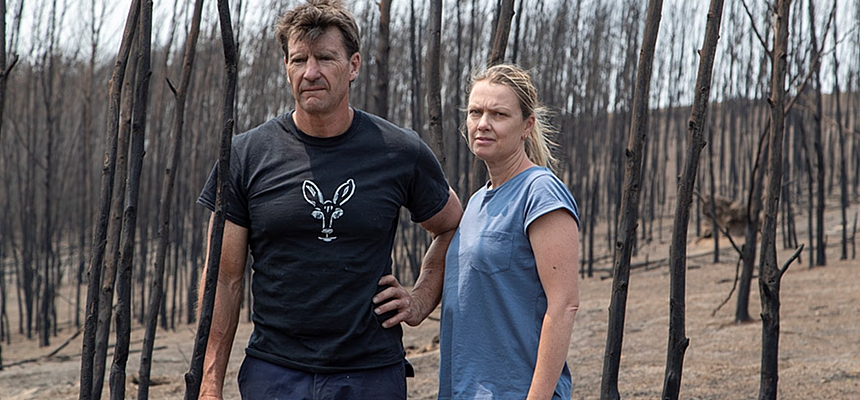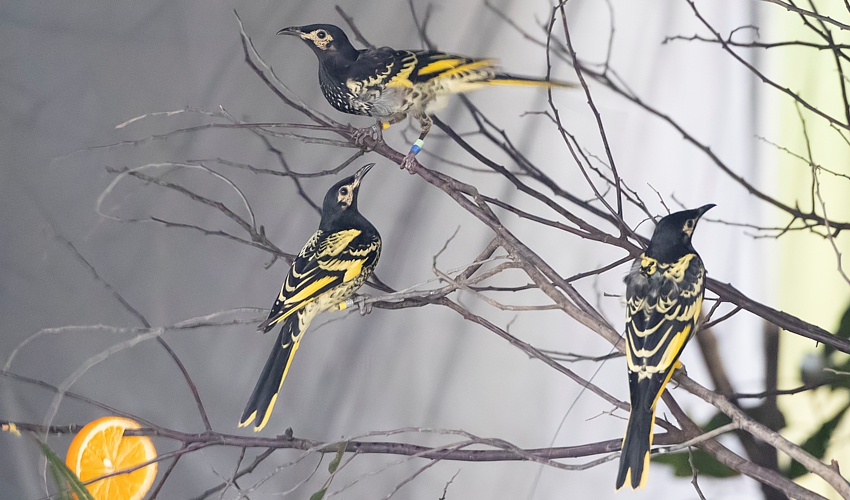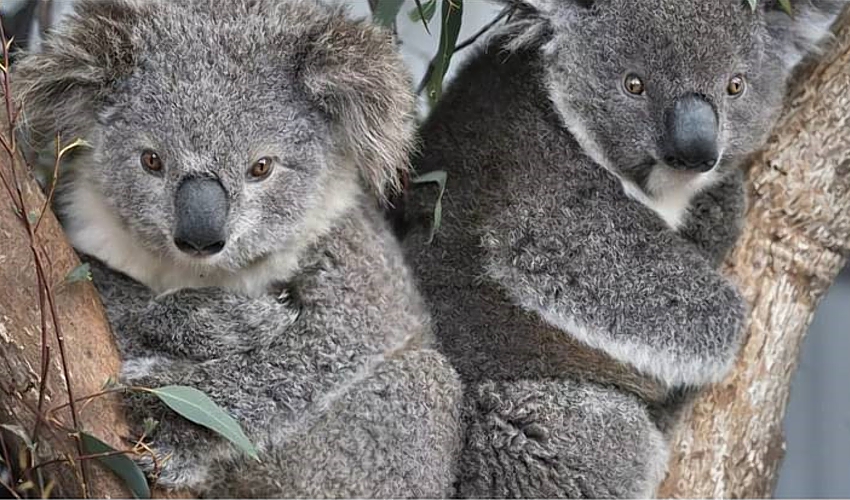
Mid July 2021: Canberra Succeeds In Kangaroo Wipeout?
Share this page KANGAROOS IN URBAN CANBERRA ARE NOW FUNCTIONALLY EXTINCT THE ACT GOVERNMENT claims that 1,505 kangaroos have been killed on Canberra Nature Park reserves by the government’s mercenary ex-military killers this year. Notably, the government has not given a breakdown of how many were killed on each reserve. Here is what we know from this year’s observation and monitoring: • Before the killing began, there were not more than about thirty kangaroos on Farrer Ridge Nature Reserve and not more than forty on East Jerrabomberra Nature Reserve (although there was a larger mob on the adjoining Jerrabomberra Creek Reserve). • As of yesterday, when the government announced the end of the slaughter, there had been no shooting at Farrer Ridge or East Jerrabomberra Nature Reserves for five weeks. • The government shooters shot at East Jerrabomberra only four times throughout the whole killing season. • There are currently only three kangaroos left on Farrer Ridge Reserve, and none to be found on East Jerrabomberra though, as always, others will dribble in from farms and other reserves in due course. APA spokesperson, Robyn Soxsmith, notes, “We thought the reason the government kept the reserves closed for so long after the shooting had clearly ceased was because they were waiting for a few refugees to wander back during the last couple of weeks, just so they could have a last little mini bloodbath before the end. IMAGE: Zoe-Atherfold, iStock “Thankfully, that hasn’t happened, and we who watched those reserves every night for 43 cold nights can get on with our lives again. Tragically, if the government really has somehow found 1,505 kangaroos to kill, those 1,505 kangaroos no longer have lives to get on with.” Based on these known figures from two of the closed reserves, it seems likely that most of those killed this year were killed in the “research laboratories” of Mulligans Flat and Goorooyarroo Nature Reserves. However, given the scale of slaughter that has taken place on those laboratories every one of the last thirteen years, it is doubtful kangaroos, even on those huge reserves, could have made the 1,505. Perhaps local farmers are happy to let the government shooters supplement the shortfall from their properties — but even kangaroos on rural properties are scarce these days. Ms Soxsmith concludes: “Kangaroos across Australia are in precipitous decline, and Canberra’s urban reserves are now functionally extinct. There are simply not enough kangaroos left for them to carry out their critical ecological role as a keystone species.” Frankie Seymour, a lifelong advocate for animals, an environmental scientist and a former member (for nearly 18 years) of the ACT government’s own Animal Welfare Advisory Committee, concurs: “Why else would they be killing kangaroos three to four times faster than it is biologically possible for their populations to recover?”
